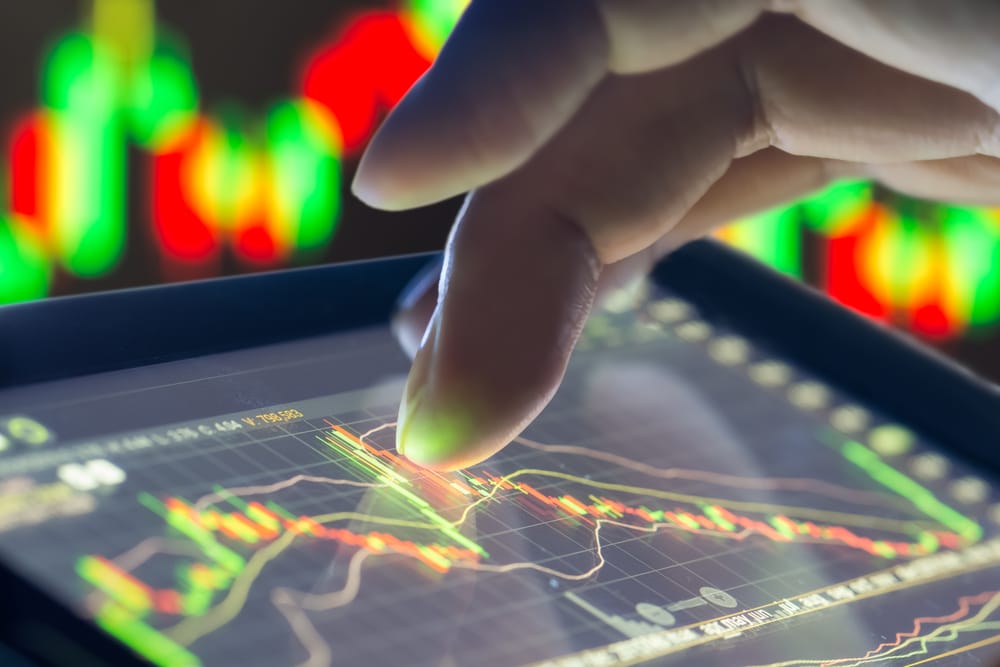
Slippage is a case whereby an order is fulfilled at a price other than the customer’s order.
Slippage is an expression used by both stock traders and FX dealers. Because of the rapid price fluctuations in the financial markets, the time required to fulfill the order might lead to slippage.
Occurrence of slippage
In instances when the market is highly volatile, or market liquidity is limited, slippage typically happens. As there is less participation in low liquidity markets, a significant time difference exists between placing the order and fulfilling it.
Fast price changes are experienced in turbulent markets and are often quicker than order completion at a requested price. Therefore, throughout the time gap, the price of an asset might vary, resulting in slippage.
When trading currencies, slippage typically happens in less popular pairs, such as NZD/JPY, as more popular currency pairs have lower volatility and excellent liquidity.
For example, an investment company decides to open a position for AUDUSD, a highly volatile currency pair, at the price of $0.6025.
However, during the time between placing an order and execution, the price might have climbed to $0.6040. The investor is going to experience a slippage as the pair trades at a higher than expected price.
The price might be impacted by the news, which could take place during the trading session.
Slippage is likely to occur during or around essential events, such as interest rates and monetary policy announcements.
Which currency pairs are the least prone to slippage?
The more liquid a currency pair is, the less likely it is to be prone to slippage, for example, EURUSD and USDJPY.
Even these liquid currencies can be volatile before and during a major data report.
Reducing order slippage while trading
The most straightforward way to avoid slippage is to reduce trading during news releases.
Second, by focusing on popular assets with substantial liquidity, you may prevent slippage. For instance, in forex, instead of exotic pairs like TRYZAR, you should focus on the currency pairs such as EURUSD and the USDJPY.
Pending orders can help you to prevent slippage too. Such an order instructs a broker to execute the trade if the market reaches a specific price.
What are the causes of slippage in trading
There are three reasons for slippage (especially in forex)
- Delay due to a counterparty trying to match your order. The broker will try to link you directly with a buyer to mitigate the firm’s risks. If not, the broker must take the other side of the trade so that you can purchase or sell.
- A broker may have insufficient technology to handle the order flow during news releases, thus causing delays in trade execution and slippages.
Order types and slippage
To prevent slippage, traders utilize limit orders rather than market orders. In contrast to a market order, it only fills in at the price that you desire or even at a better one, not at a worse price.
Entering positions
Stop-limit orders are often used to enter a position. Using such orders, you simply won’t get a position if you can’t get the price you desire.
Sometimes the use of a limit order means that a profit chance is missed. However, this also implies that when you enter the market, you do not get a slippage.
If you enter the market with a market order, you may receive a slippage and a worse price than planned. Ideally, aim to enter positions using limit or stop-limit orders.
Exiting positions
To get out quickly, you may need to place market orders. Also, in more fortunate circumstances, limited orders can be used.
For example, imagine that a trader buys a currency pair at 0.9010 and sells it using a limit order at 0.9040. The sell limit order will be activated only when someone is prepared to buy at 0.9040. No slippage is possible here. The seller will exit the position at 0.9040 or slightly above if there is a demand.
Use a market order when setting a stop-loss (an order you use if the price moves adversely). This order will ensure that the loss of trade is limited. However, the order might not be executed at the intended price.
Conclusion
Slippages are inevitable in trading forex. You will most likely experience slippages if you’re trading during news releases or trying to use market orders in illiquid pairs. Dishonest practices of some brokers may also increase the likelihood of slippages.








Leave a Reply